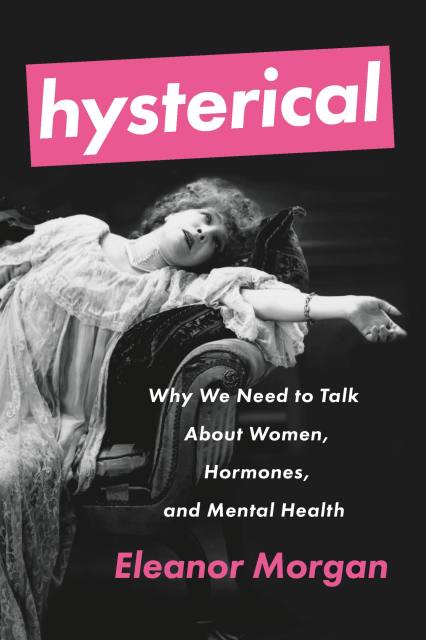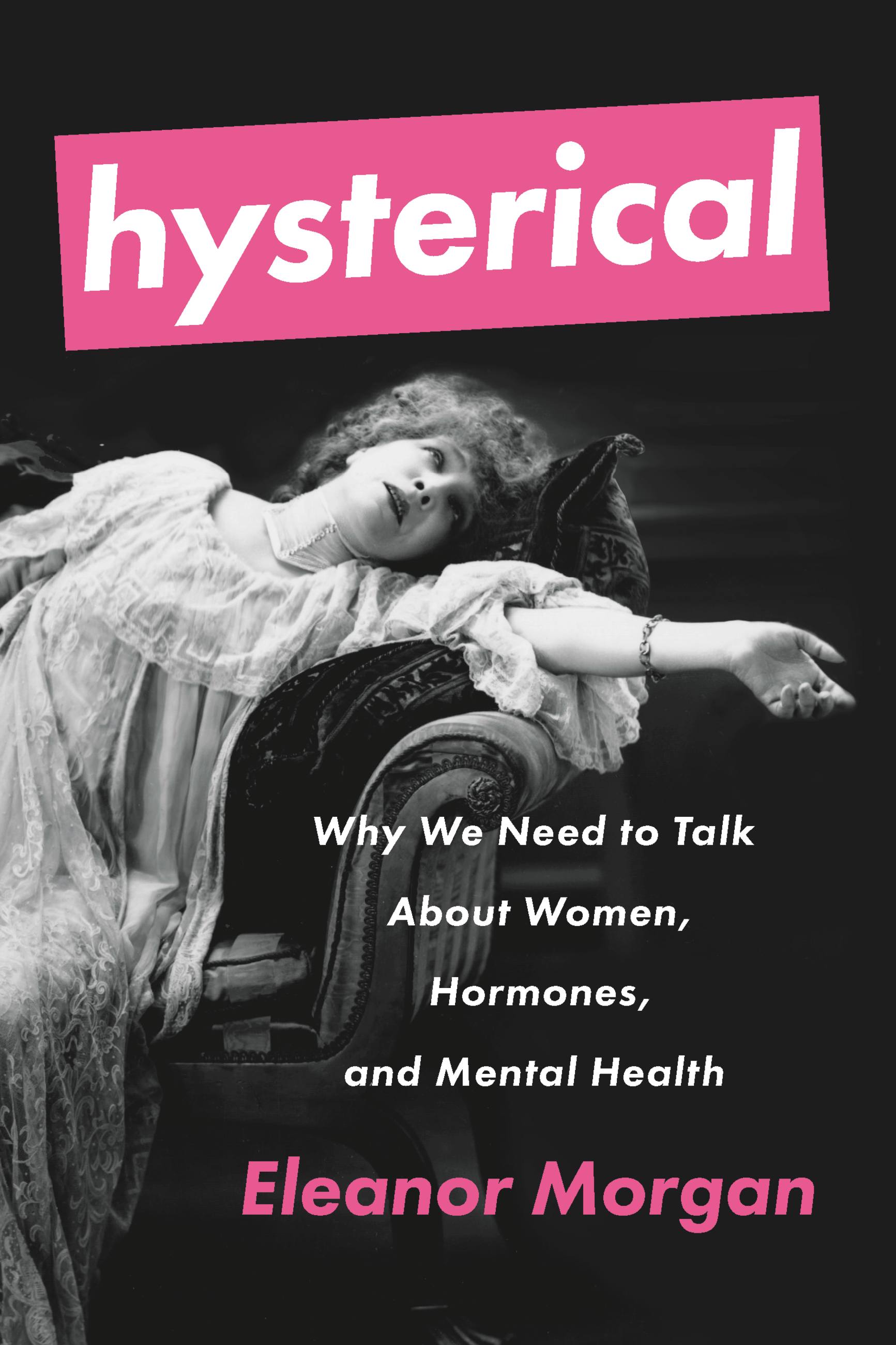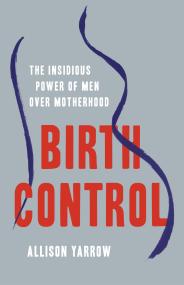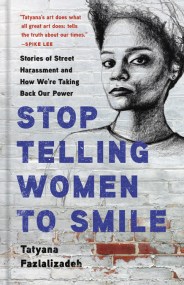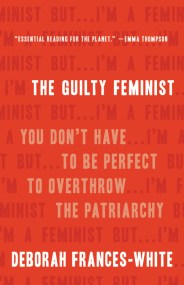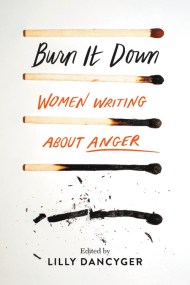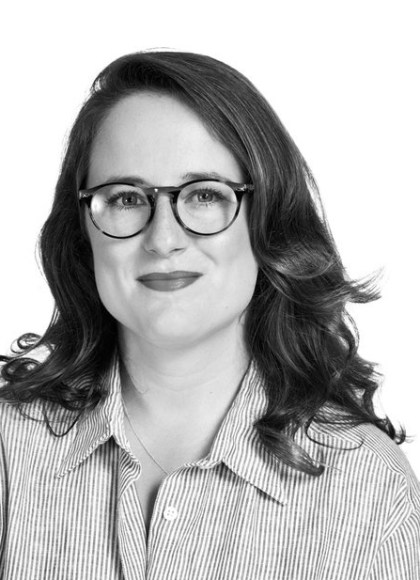Promotion
Use code MOM24 for 20% off site wide + free shipping over $45
Hysterical
Why We Need to Talk About Women, Hormones, and Mental Health
Contributors
Formats and Prices
Price
$11.99Price
$15.99 CADFormat
Format:
- ebook $11.99 $15.99 CAD
- Audiobook Download (Unabridged)
- Trade Paperback $18.99 $24.99 CAD
This item is a preorder. Your payment method will be charged immediately, and the product is expected to ship on or around August 27, 2019. This date is subject to change due to shipping delays beyond our control.
Also available from:
Hysterical seeks to explore the connections between hormones and health, particularly in the frequent mood changes and mental health issues women typically chalk up to the influence of hormones.
Journalist Eleanor Morgan investigates the relationship between biochemistry, our bodies, and our mental health, including the context for this discussion: the historic culture of silence around women’s bodies. As Morgan argues, we’ve gotten better at talking about mental health, but we still shy away from discussing periods, miscarriage, endometriosis, and menopause. That results in a lack of vital understanding for women, particularly as those processes are inextricably connected to our mental health; by exploring women’s bodies in conjunction with our minds, Morgan urges for new thinking about our health.
Examining the mythology of female hormones, the ways that culture shapes our perceptions of women’s bodies, and the latest medical research, Hysterical skillfully paints a portrait of the modern landscape of women and health–and shows us how to navigate stigma and misinformation.
Genre:
- On Sale
- Aug 27, 2019
- Page Count
- 288 pages
- Publisher
- Seal Press
- ISBN-13
- 9781580058438
Newsletter Signup
By clicking ‘Sign Up,’ I acknowledge that I have read and agree to Hachette Book Group’s Privacy Policy and Terms of Use
